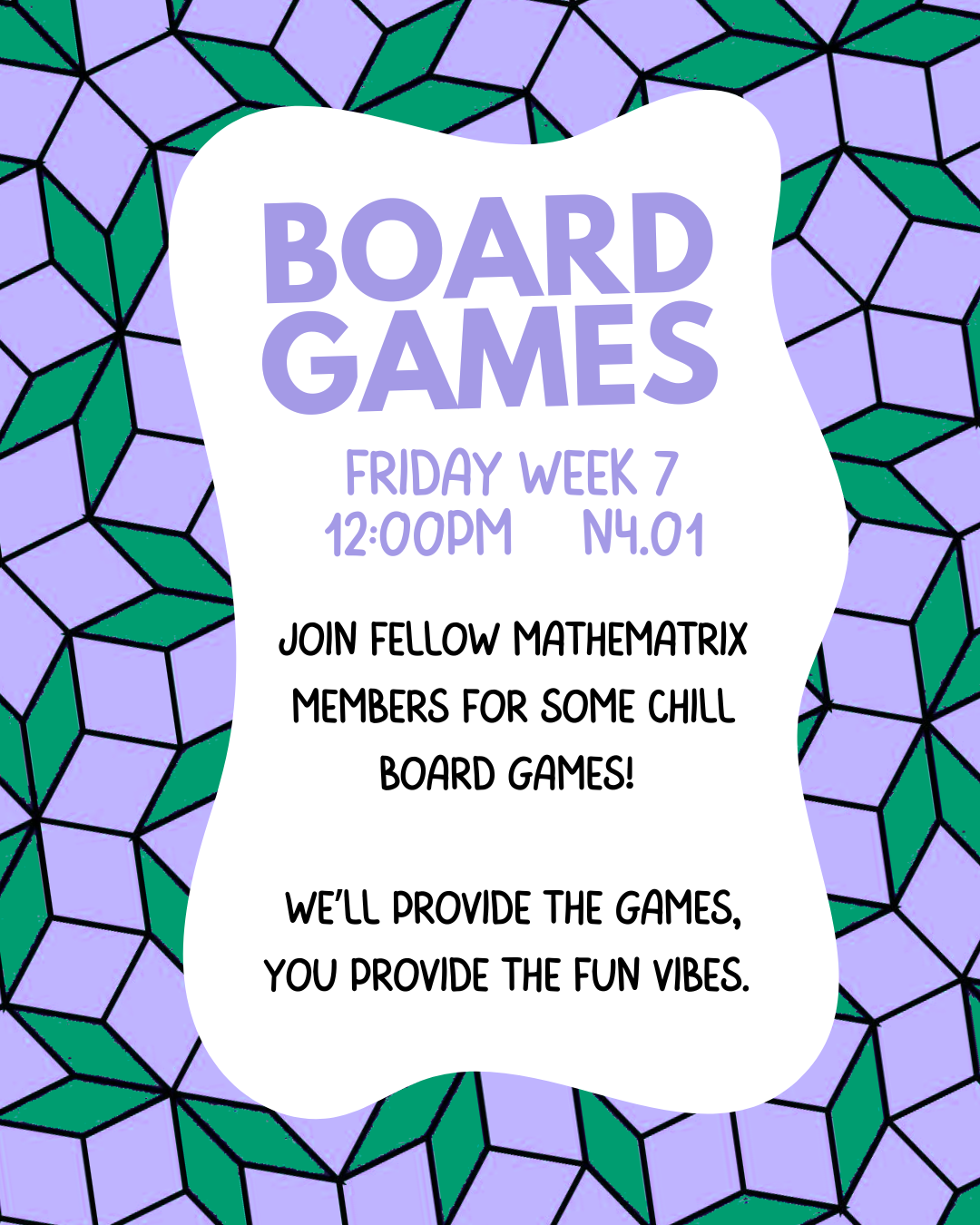From Hostility to Hyperlinks: Mining Social Networks with Heterogenous Ties
Social networks are a fundamental tool for understanding emergent behaviour in human society, providing a mathematical framework that emphasizes the importance of interactions between the individuals in the network. While traditional social network models consider all social ties as uniform, either an edge exists or it does not, human nature is more complex and individuals can be linked by relationships that differ in nature, intensity, or sentiment. This tie-level complexity can be represented using more complex network models, including signed, weighted and multiplex networks, where edge-level attributes delineate between the types of interactions. A growing body of literature is devoted to developing methods for extracting information from such heterogeneous networks, from probing the latent structure to investigating dynamical processes occurring overtop of them. Here, we focus on ties that vary in sentiment, using signed networks in which edges carry positive or negative weights, representing cooperative or antagonistic relationships, and ties that vary in nature, using weighted and multiplex network models. We present models and empirical studies that adapt traditional network science methods to extract information, detect multi-scale structure and characterize dynamical processes, to the heterogeneous network context. Overall, this thesis presents methodological and empirical advances, which demonstrate the advantage of maintaining tie-level complexity in mining social networks.
Dynamics and Organisation in Complex Systems: From Cytokines to Cities
Complex systems, with their intricate web of interacting components, are ubiquitous across diverse domains. We employ models and develop novel methodologies to study such systems in a variety of applications. This work is organized into three parts, each addressing systems at progressively larger scales. In the first part, we examine a network of immune system signalling molecules extracted from in vitro gut biopsy data and assess the dynamical influence of individual components on each other. In the second part, we analyse trends in mobile phone application traffic following major events. We detect spatiotemporal changes in application traffic and characterise trends in application usage. Finall, in the third part, we develop a novel methodology to analyse connectivity and reachability in systems modelled by directed hypergraphs, in order to account for multi-body interactions. Building on this, we apply the method to chemical reaction data, unveiling the structure of the data and giving insights into chemical organisation. Taken together, this thesis contributes new methods for the study of complex systems, revealing structural patterns and their effects within datasets, and introducing methodological tools and system-level insights to support further investigation.


